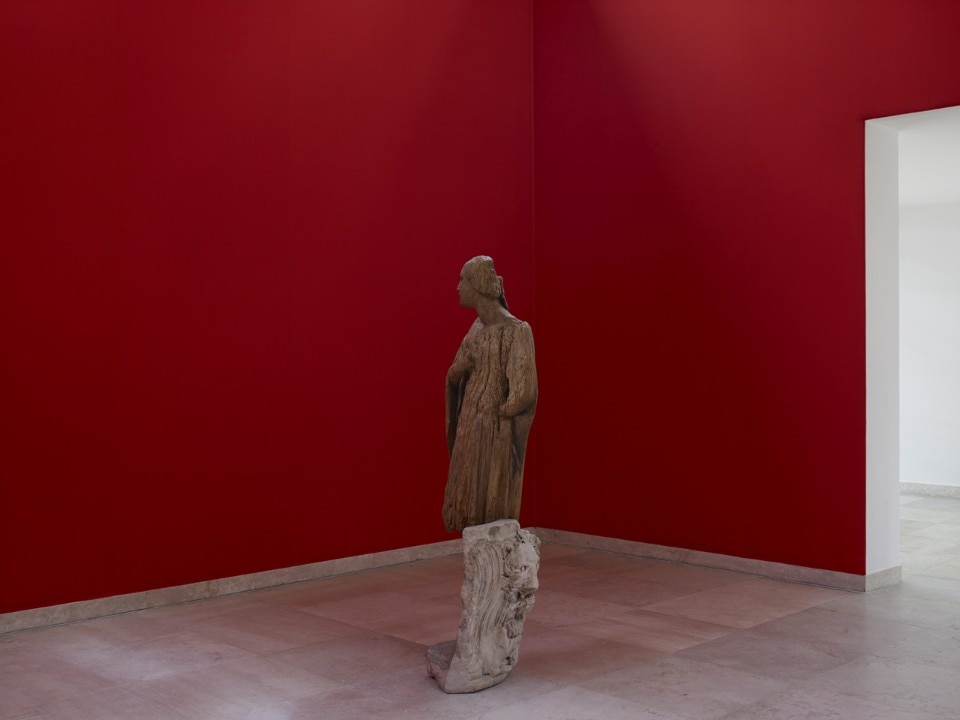The pieces are splendidly equivocal. Extracted from the ground, dusted off and transported, they have an air of times past. The air and sun of a place that they have, perhaps, never known.
The objects, artefacts, works and fossils collected and rearranged in the Pavilion – lined up before new eyes – are fragments of a material/technological/natural culture with which to reconstruct scraps of history and narrate a possible ancient society. All conjectural as archaeological finds are poetically mute before us. It is up to us to reconstruct the narrative they belong to. It is up to us to re-imagine and retrace their journey, calcification, layers, wounds and transformations.
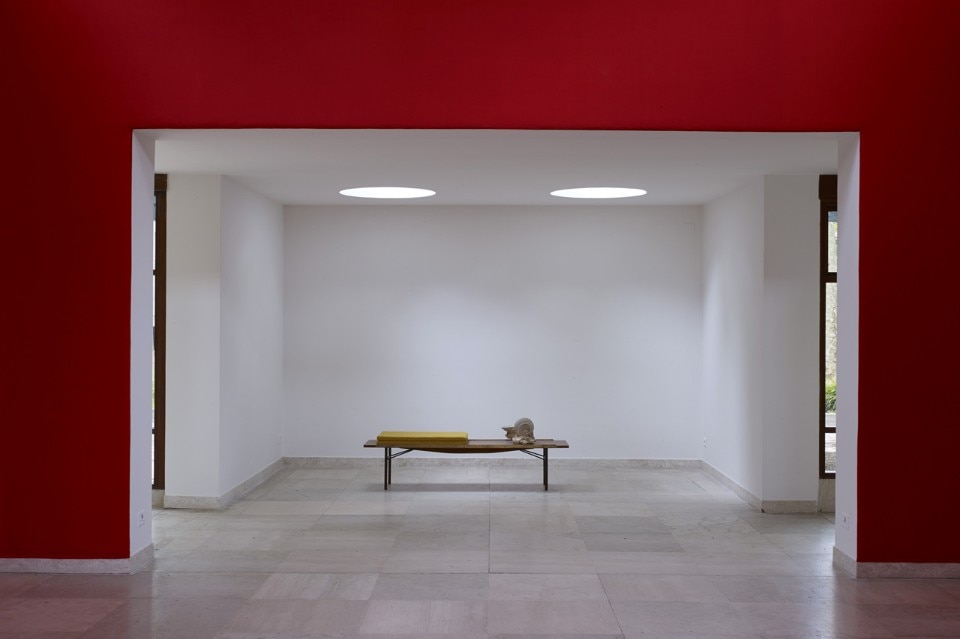
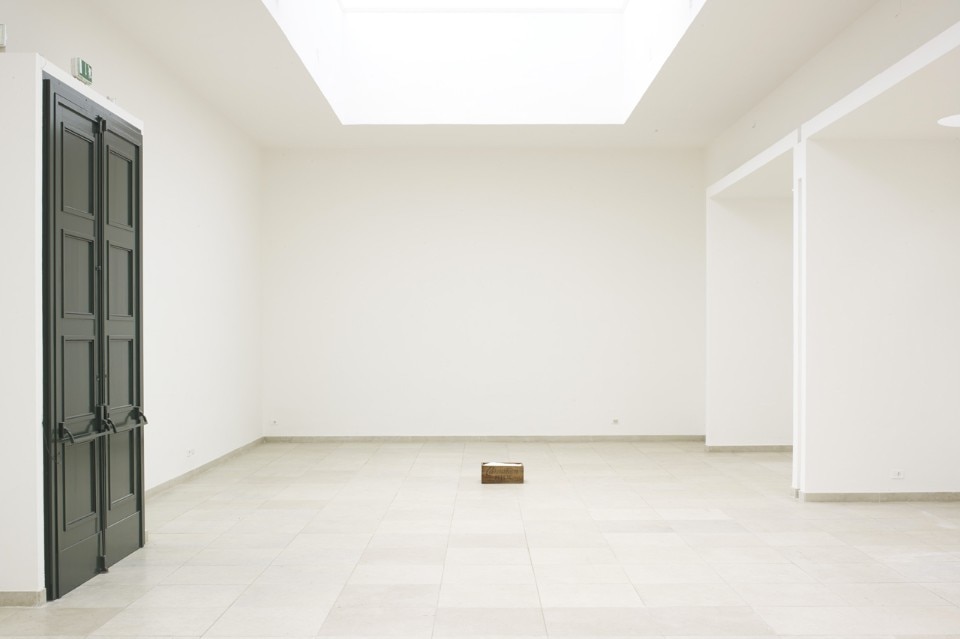
This is no architectural fetishism. Vo wanted to reconstruct a space – structure and materials – in which to observe how his objects react without being disturbed by other things. It is the design of a propitious space where people gaze silently at the objects as they mix without touching each other; meeting but not in a forced relationship.
This artist was born in Vietnam, grew up in Denmark and now lives in Mexico City – his life as much in constant migration as the pieces forming his work. Objects acquired at auction and ancient pieces sourced on his travels and explorations are rearranged and recombined in space, telling stories in which cultures and religions dissolve, are absorbed and clash.
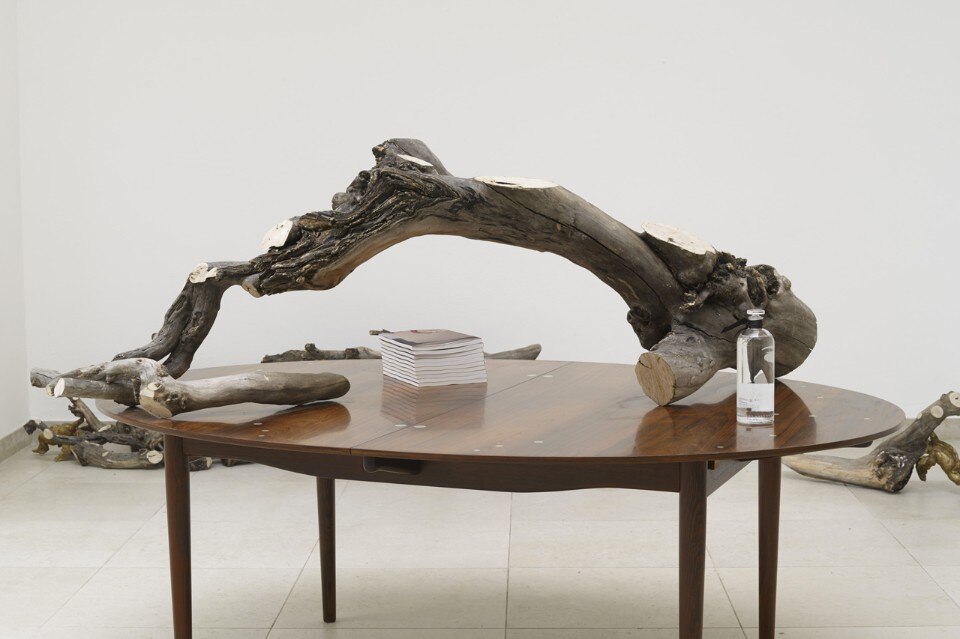
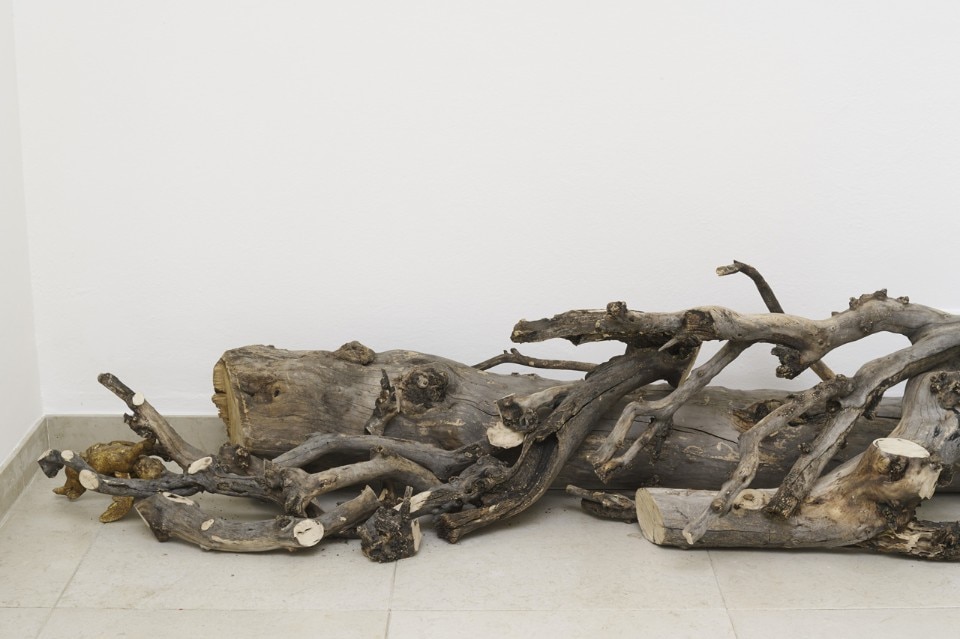
Vo commissioned the ceramic paving of the small garden at the rear of the pavilion from Oaxaca, Mexico, mixing a traditional Aztec design with Moorish geometries.
On a small bench by Finn Juhl – intended for rest but also a base for objects and works – Vo exhibits cushions and nine Chinese plates, encrusted with limescale, welded to form a single mineral and marine figure. Nine plates – Nanking Cargo is the name given by Christie’s auction house to the pieces purchased by Vo – recovered in 1985 from the wreck of a Dutch East India Company vessel that was about to sail from the Cantonese coast. The pieces of stoneware crockery – decorated but inexpensive plates – are now a concretion, testimony to a colonial past and presented in the exhibition on the hardwood of a modern bench.
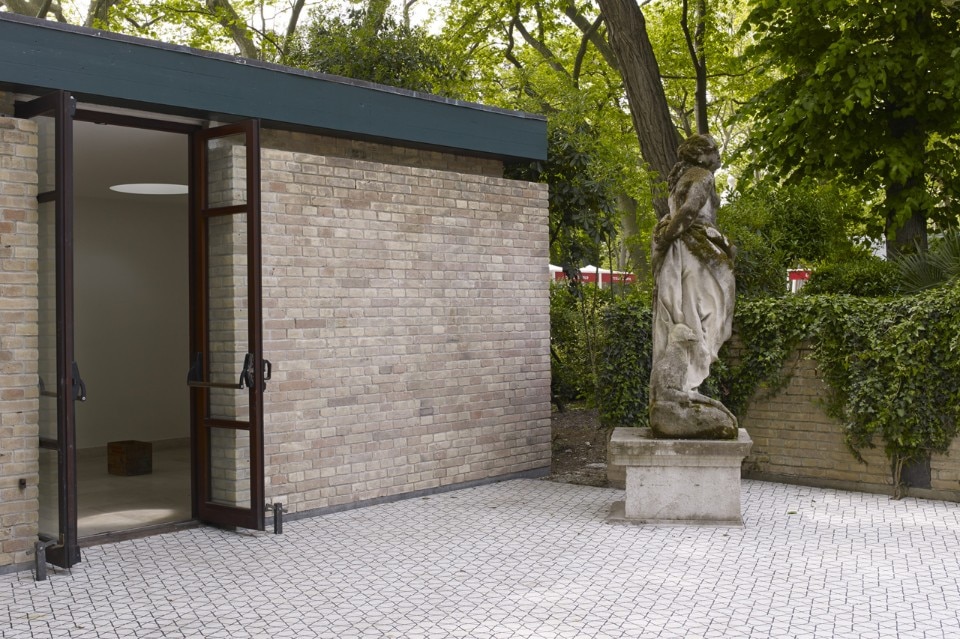
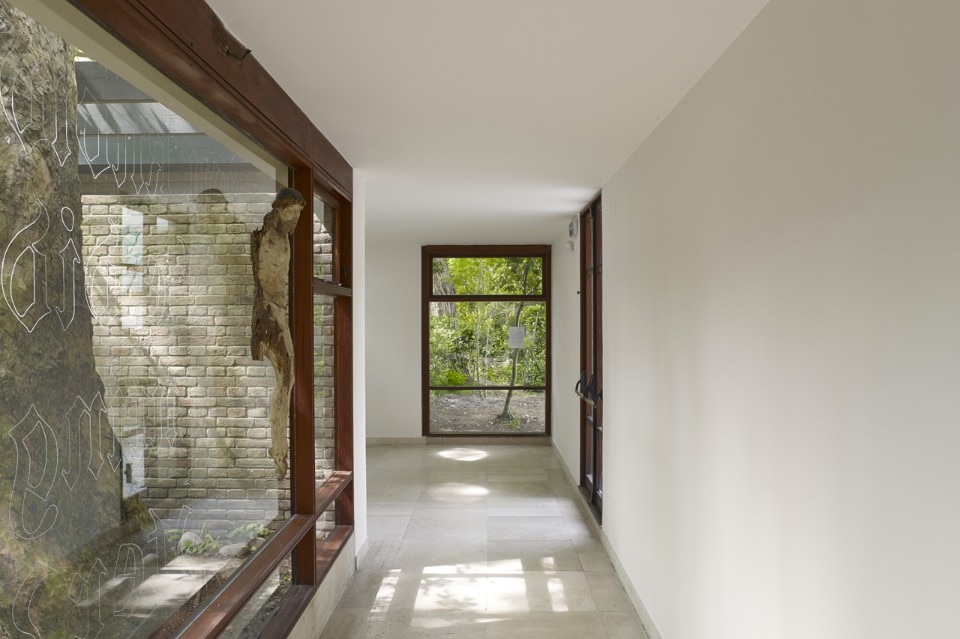
until 22 November 2015
Danh Vo
Danish Pavilion
Giardini della Biennale, Venezia

